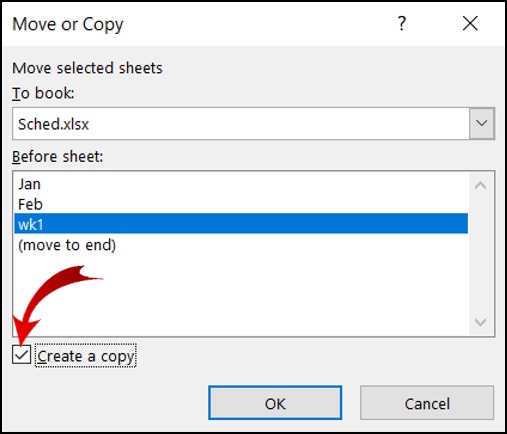5 Ways to Eliminate Excel Sheets Efficiently

In today's fast-paced business environment, the ability to manage and analyze data efficiently can significantly impact productivity. Microsoft Excel, a widely used tool for data management, can sometimes become unwieldy, especially when dealing with large, complex datasets. Here are five streamlined strategies to eliminate the clutter and boost efficiency in your Excel worksheets:
1. Utilize Excel's Built-in Clean-Up Tools

Excel is equipped with several tools designed to help clean up your spreadsheets:
- Remove Duplicates: Navigate to the Data tab, click on Remove Duplicates to eliminate repetitive entries, thus reducing your file size and simplifying data review.
- Data Validation: Use this feature to ensure data entered into cells meets predefined criteria, reducing data entry errors.
- Text to Columns: Convert one column's content into multiple columns, allowing for better organization and analysis of data.
🔍 Note: Always backup your data before performing bulk operations like removing duplicates or restructuring data.
2. Embrace External Databases

Excel might not be the optimal tool for handling very large datasets:
- Consider migrating your data into a database management system (DBMS) like SQL Server, MySQL, or Access for better performance with large datasets.
- Use Power Query in Excel to connect to external data sources, which allows you to refresh data without overburdening your spreadsheet.
By using external data sources, you can reduce the size and complexity of your Excel file, leading to improved performance and easier data management.
3. Implement Macros and VBA Scripts

Automation is key when dealing with repetitive tasks:
- Create macros or write VBA (Visual Basic for Applications) scripts to automate data processing, cleaning, and formatting.
- This can include sorting data, applying filters, creating charts, or performing complex calculations automatically.
Here's a simple VBA script to delete all empty rows in your worksheet:
Sub DeleteEmptyRows()
Dim ws As Worksheet
Set ws = ActiveSheet
Dim lastRow As Long
Dim i As Long
lastRow = ws.Cells(ws.Rows.Count, "A").End(xlUp).Row
For i = lastRow To 1 Step -1
If Application.CountA(ws.Rows(i)) = 0 Then
ws.Rows(i).Delete
End If
Next i
End Sub
🔍 Note: Macros and VBA scripts can pose security risks if sourced from unreliable places; only use trusted scripts.
4. Use Excel Add-ins and Power Tools

Excel's functionality can be enhanced with:
- Power Pivot: Integrates with other Excel features to analyze large datasets without slowing down your workbook.
- Power Query: Transforms and loads data into Excel from various sources, ensuring data is cleaned and formatted consistently.
- Excel Add-ins: Like Ablebits Ultimate Suite or ASAP Utilities, which provide advanced tools for data management and analysis.
| Tool | Function |
|---|---|
| Power Pivot | Manage and analyze large data models |
| Power Query | Data transformation and ETL (Extract, Transform, Load) |
| Excel Add-ins | Varied advanced features, often for data cleaning and analysis |

5. Regular Maintenance and Audit

Regularly reviewing and maintaining your Excel worksheets can prevent clutter:
- Audit your sheets: Regularly check for and remove unused sheets or data, unneeded formulas, and unnecessary formatting.
- Structured Referencing: Use named ranges and table references to make your formulas clearer and more maintainable.
- Document practices: Implement documentation practices like adding comments or using documentation sheets to track changes and procedures.
🔍 Note: An audit can reveal hidden performance issues like hidden or filtered rows/columns that are consuming resources.
In summary, managing Excel sheets efficiently is about using the right tools at the right time. From built-in Excel features to external database connections and automation through macros, the key is to tailor your approach to your specific data needs. By understanding and applying these methods, you can ensure your Excel workbooks remain lean, organized, and responsive, enhancing your productivity and data analysis capabilities.
Can I automate data cleaning in Excel?

+
Yes, you can automate data cleaning in Excel using VBA scripts or macros to perform routine tasks like removing duplicates, applying data validation, or transforming data using Power Query.
What should I do if Excel is too slow with large datasets?

+
Consider moving large datasets to external databases or use Power Query to manage data. Also, regular maintenance like removing unused data can help improve performance.
How often should I audit my Excel worksheets?

+
It’s good practice to audit your Excel sheets at least once per quarter or whenever you notice performance degradation.